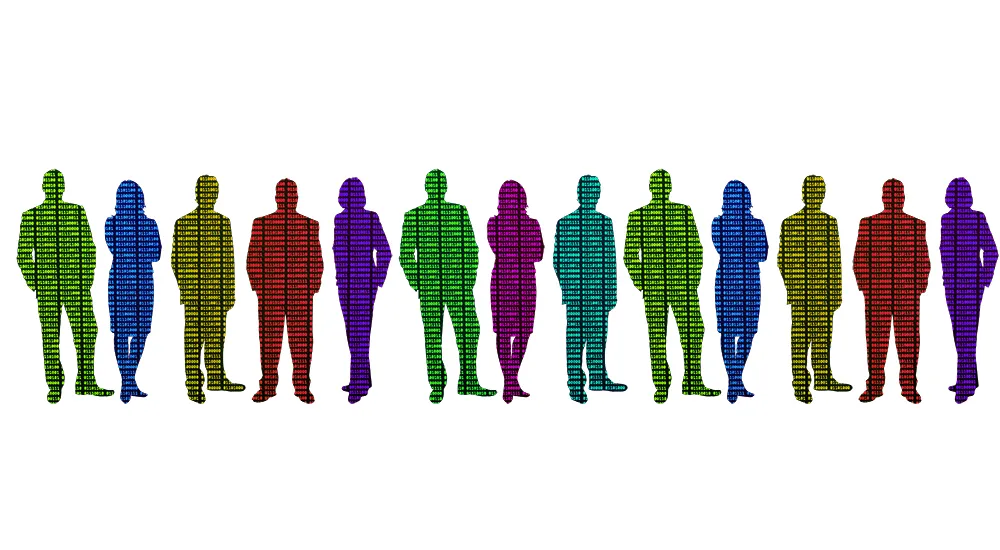Public transport passengers in Spokane, Washington, US, are to get real time transit information both on and off the vehicle. Passenger transport systems provider Trapeze Group is to extend the current Spokane Transit Authority (STA) Trapeze transit enterprise system to include a comprehensive intelligent transportation system to help them better manage their fixed-route bus service and provide passengers with real time transit information. The Trapeze solution for STA includes computer-aided dispatch and
January 10, 2013
Read time: 2 mins
Public transport passengers in Spokane, Washington, US, are to get real time transit information both on and off the vehicle. Passenger transport systems provider 629 Trapeze Group is to extend the current Spokane Transit Authority (STA) Trapeze transit enterprise system to include a comprehensive intelligent transportation system to help them better manage their fixed-route bus service and provide passengers with real time transit information.
The Trapeze solution for STA includes computer-aided dispatch and automatic vehicle location (CAD/AVL) technology integrated with automated passenger counters (APCs), onboard audio and visual announcements of next stops, and Trapeze's passenger information solutions including mobile trip information, real-time interactive mapping and personalised subscriber alerts. Trapeze claims the solution offers Spokane strong functionality with excellent customer information tools and back office features to help manage the transit service in real-time.
"This project builds on a track record of successful technology deployments at Spokane and we are pleased to expand our relationship with Trapeze," stated E. Susan Meyer, STA CEO. "We look forward to implementing this new CAD/AVL system, which will provide our passengers with up-to-the-minute information about waiting and travel times and STA staff with vehicle location information."
Trapeze says that its computer-aided dispatch and automatic vehicle location (CAD/AVL), together with its real time traveler information solutions, enables STA to provide riders with critical passenger pre-trip information such as real-time arrival and departure information at bus stops, on the web and on their mobile devices as well on-trip information such as next stop announcements on the bus.
For dispatchers the Trapeze CAD/AVL system enables them to monitor and manage the fleet in real time, helping to ensure on-time performance and providing the ability to respond to service disruptions more quickly for greater efficiencies. Via an onboard monitoring solution, further vehicle and driver analysis is collected and reviewed for potential improvements on vehicle performance.
For bus operators the Trapeze onboard mobile data terminals (MDT) simplify logging into the vehicle system, with single sign-on capabilities connected to all the in-vehicle systems including third-party equipment.
The Trapeze solution for STA includes computer-aided dispatch and automatic vehicle location (CAD/AVL) technology integrated with automated passenger counters (APCs), onboard audio and visual announcements of next stops, and Trapeze's passenger information solutions including mobile trip information, real-time interactive mapping and personalised subscriber alerts. Trapeze claims the solution offers Spokane strong functionality with excellent customer information tools and back office features to help manage the transit service in real-time.
"This project builds on a track record of successful technology deployments at Spokane and we are pleased to expand our relationship with Trapeze," stated E. Susan Meyer, STA CEO. "We look forward to implementing this new CAD/AVL system, which will provide our passengers with up-to-the-minute information about waiting and travel times and STA staff with vehicle location information."
Trapeze says that its computer-aided dispatch and automatic vehicle location (CAD/AVL), together with its real time traveler information solutions, enables STA to provide riders with critical passenger pre-trip information such as real-time arrival and departure information at bus stops, on the web and on their mobile devices as well on-trip information such as next stop announcements on the bus.
For dispatchers the Trapeze CAD/AVL system enables them to monitor and manage the fleet in real time, helping to ensure on-time performance and providing the ability to respond to service disruptions more quickly for greater efficiencies. Via an onboard monitoring solution, further vehicle and driver analysis is collected and reviewed for potential improvements on vehicle performance.
For bus operators the Trapeze onboard mobile data terminals (MDT) simplify logging into the vehicle system, with single sign-on capabilities connected to all the in-vehicle systems including third-party equipment.









